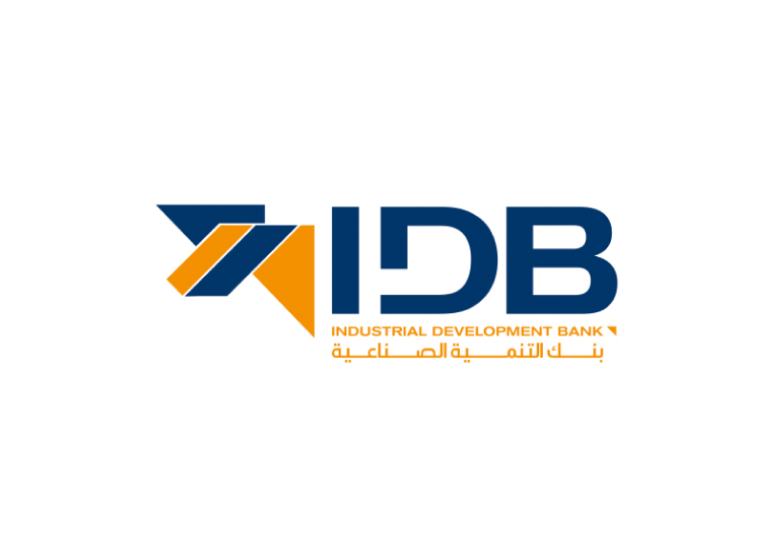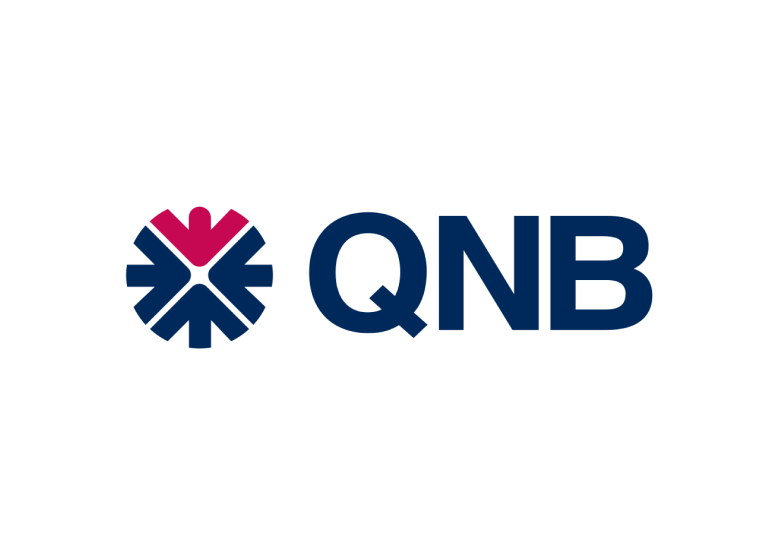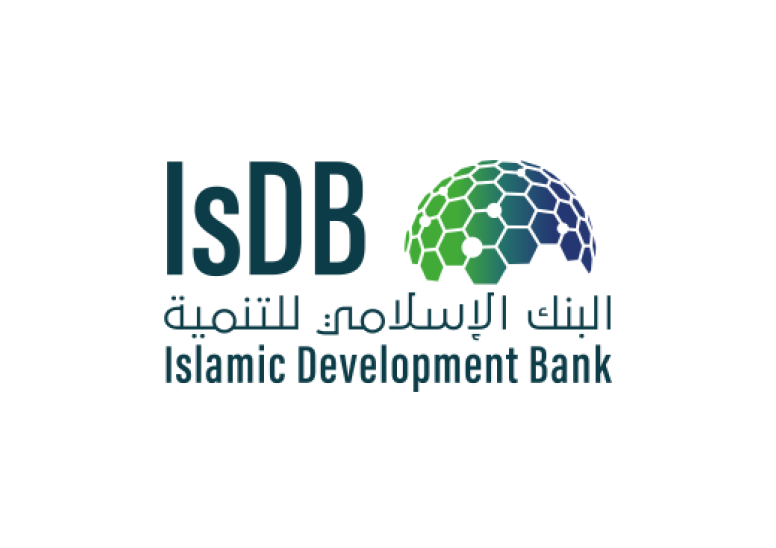Case Study: Streamlining Claims Processing for Improved Efficiency in Health Insurance
Scroll Down
Digital revolution is now changing the manufacturing industry, it has invaded every aspect of manufacturing. A combination of cloud technology and mobile devices are providing access to critical information from anywhere at any time. Analytic tools are being used to access performance and adjust growth metrics.
We, at FGS, help enterprises gain maximum benefits by custom-built solutions varying from fully integrated automation, Predictive analytics, cybersecurity and Industrial Internet Of Things(IIOT). Some of our focus segments for IT solutions in this industry includes warehouse management, Product life cycle management, supply chain, inventory, order and asset management.
The burning question today for most manufacturing & industrial businesses is how to achieve operational efficiency without having the current systems eat up valuable time and money. Our next-generation tools are here to securely control and enhance your business in real-time. The result is more efficiency and agility in a competitive market.


















Case Study: Streamlining Claims Processing for Improved Efficiency in Health Insurance
A leading bank faced challenges in processing a high volume of loan applications manually. The manual process was time-consuming, error-prone, and resulted in delayed customer response times.
Case Study: Streamlining Mortgage Application Processing for Improved Efficiency






FGS VOICES: As one of FGS’s Senior Automation Engineers, Thomas Mitchell spends his days developing and implementing end to end automations in a wide range of verticals from manufacturing to insurance as well as digging deep into the needs of horizontals from finance to human resources.
Reduce the monotonous work human resources (hr). Employees must deal with and give them more time to focus On high value
A mortgage lender struggled with a lengthy and manual mortgage underwriting process. The manual review of borrower information, credit history, and property details resulted in bottlenecks, increased turnaround times, and high operational costs.
A mid-sized bank faced challenges in the customer onboarding process, particularly in meeting Know Your Customer (KYC) compliance requirements. Manual data entry and document verification processes resulted in delays and errors.